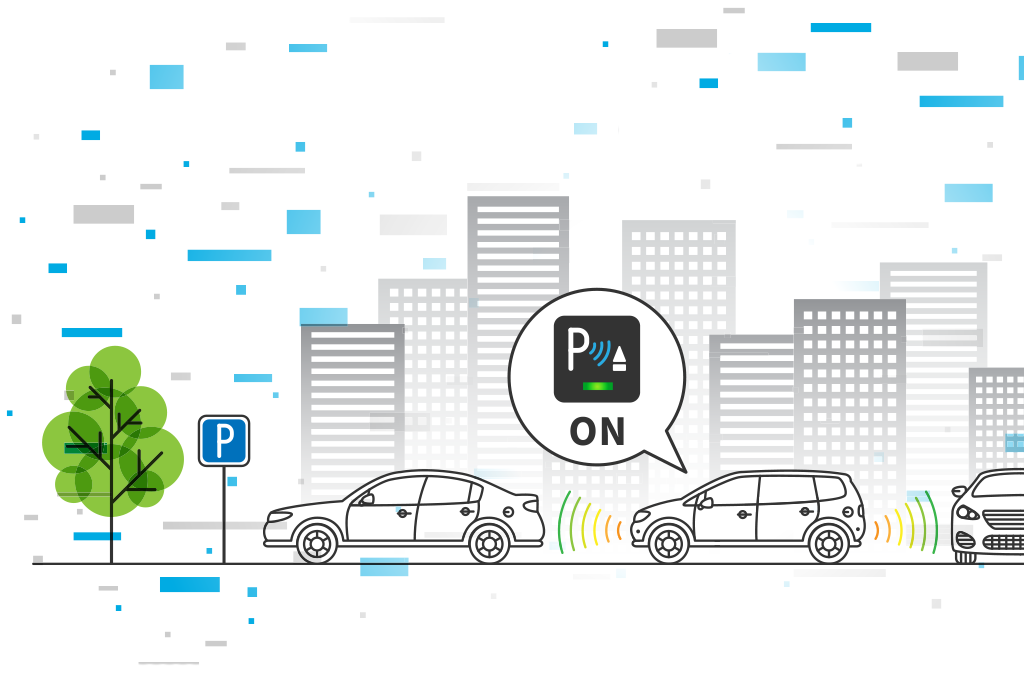
A future with widespread autonomous vehicle (AV) technology could include less traffic, safer roads, and interconnected vehicles that allow drivers to sit back and enjoy the ride. Expected to reach $556.67 billion USD by 2026, the market place for AV technology is growing quickly. However, the industry still has a long way to go. In order for autonomous vehicle technology to properly function, it must work in conjunction with other areas. The five most relevant are listed below.
Five Use Cases
5G
An autonomous vehicle is expected to generate 2 Petabytes (2 million GB) of data every year. It would take the best Wi-Fi available months to be able to transfer that amount of information. The nearly real-time speeds of 5G are 10 times faster than 4G. With its infrastructure and dense network, 5G makes the future of autonomous vehicles possible.
Latency
Decreased latency, another characteristic of 5G, can also benefit autonomous vehicles. 4G currently has a latency of 50 milliseconds, which can be seen as a large delay when it comes to passenger safety.
Smart Cities and the Internet of Things (IoT)
In order for an autonomous vehicle to make smart decisions, it requires information about its environment. Smart cities, which are IoT-ready, allow for that. A city that can report on traffic, signals, etc., can help a self-driving car move smarter and more easily navigate its way around town.
Data Management
Analyzing the amount of data a self-driving car produces takes time. With the potential of nearly 10 million cars hitting the road, edge computing can help streamline this analysis by examining it closer to the source.
V2X
Vehicle-to-everything (V2X) allows the information from autonomous vehicle sensors and other sources to travel through high-bandwidth, high-reliability, and low-latency channels. It creates an ecosystem that enables cars to communicate both with each other and with infrastructures including parking lots and traffic lights.
Not only can this improve vehicle safety, but it also gives drivers or passengers information about road conditions ahead, so that they can appropriately respond. When combined with Artificial Intelligence (AI), a self-driving car will be able to make that decision itself.
Roadblocks
A study from NAMIC found that 42% of surveyed consumers said that no matter how long the technology was available, they would refuse to ride in fully automated vehicles. Similarly, 46% of respondents were skeptical about using fully automated vehicles for ride-sharing services. In order to gain public trust, the right infrastructure needs to be in place.
Data management challenges, safety concerns, and high manufacturing costs are roadblocks that can prevent widespread autonomous vehicle adoption. However, as large manufacturers and automotive organizations continue to enhance and improve the technology, the potential for an autonomous future continues to grow.
Train Your Team in Autonomous Vehicle Technology
Prepare your organization for the latest developments in AV technology with training in foundational and practical applications of autonomous, connected, and intelligent vehicle technologies. Developed by leading experts in the field, the IEEE Guide to Autonomous Vehicle Technology is a seven-course training program offered online.
Interested in purchasing the program just for yourself? View it on the Learning Network, a new learning management platform!
Resources
(18 October 2019). Who Will Use Self-Driving Cars?. PYMNTS.
Zoria, Sophie. (1 November 2019). 5 Striking Uses For Autonomous Driving Technology. Customer Think.


[…] Autonomous vehicle technology is helping accelerate the growth of MaaS. As more people move away from owning vehicles, a variety of reliable transportation options will be needed for everyday use. Because they lack a driver, autonomous networks could provide consumers with a cheaper transportation option than traditional taxis and car-sharing services. […]